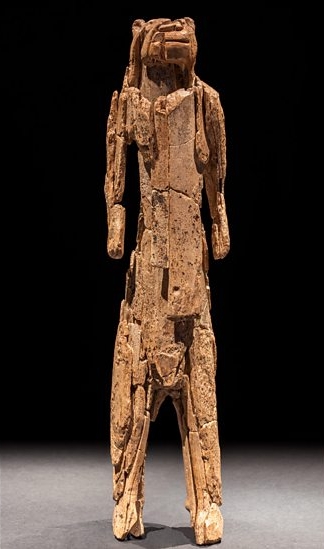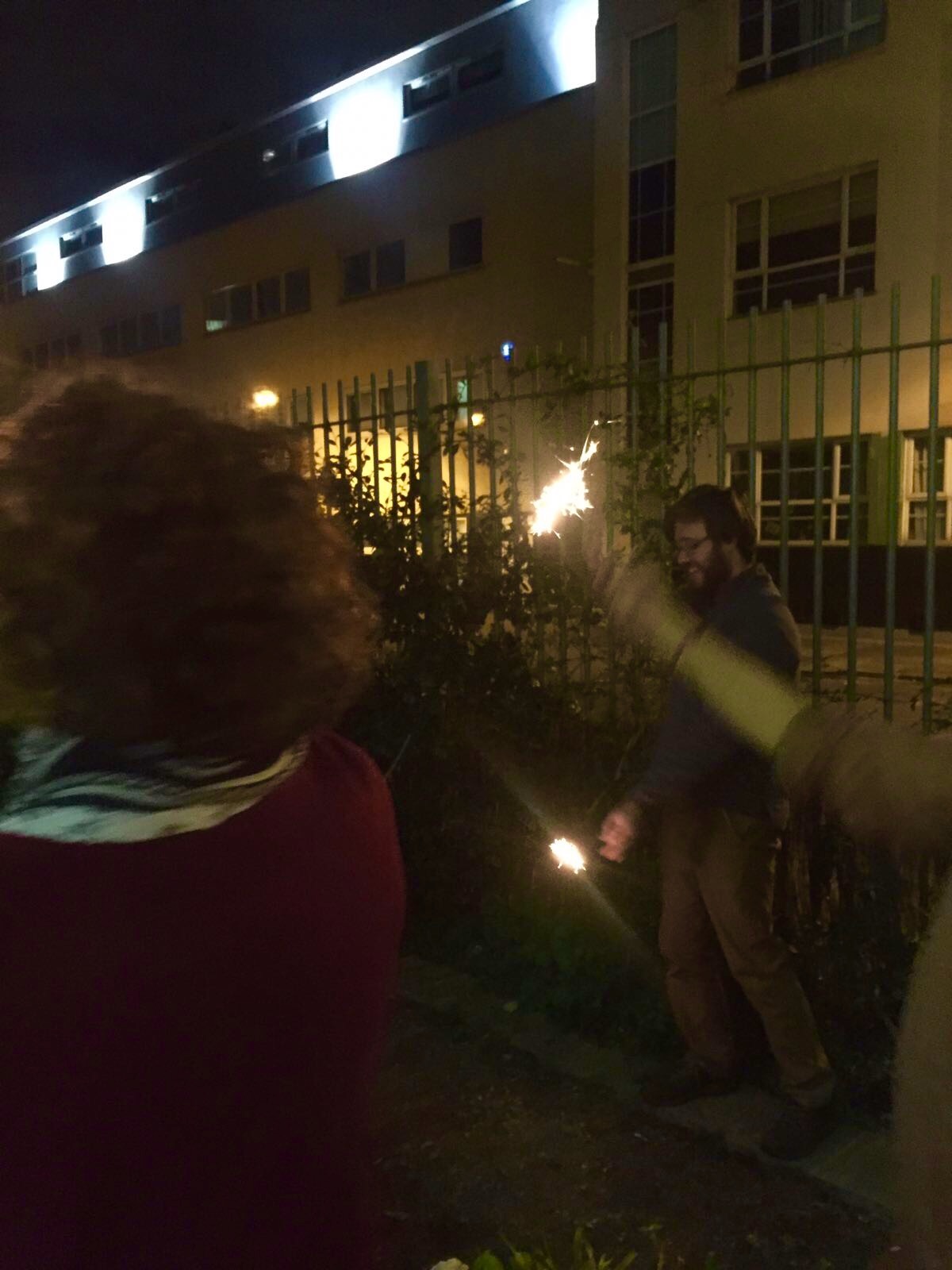I jumped on a tube train in East London from a stop I don’t usually use. I should have changed onto the district line at the very next stop but my head was full of the meeting I had just been in and I sat there for another 2 stops before I realised! So, I rerouted my journey and caught an over ground train.
As I got on my heart sank – I had chosen a carriage with tension. Didn’t need that, I just wanted to keep my head down and get home. She was a large woman, a bit crazed looking, wild hair and unkempt clothes. She was eating some spicy smelling food, noisily, with her fingers. I avoided eye contact. As she came to the end of her food I watch with rising anger as she discarded the empty box on the floor behind her. Ha! Here was an opportunity for me to justify my rising anger and engage. No, I thought, don’t engage. I closed my eyes and dug deep for some loving energy. I kept my eyes closed and moved that loving energy around me, through me and from me. After a minute or two I realised even without opening my eyes that the woman’s eyes were on me. ‘I must not engage’, until eventually I could resist no longer and opened my eyes to find her beaming face looking straight at me with the broadest, gentlest smile. That was a bit of a surprise. I smiled back, and she leant forward commenting on my beads. Laughing, I said it was the first time I’d worn them having bought them in a charity shop earlier that week. And with that we arrived in East Ham station, my stop. That was the extent of our exchange, and yet it has stayed with me for many months.
I find myself wondering what exactly happened in that exchange. It would be nice to think that my loving energy somehow transformed my travelling companion. I’m more inclined to think that my determination to find loving energy transformed me, myself, I, so that I was able to witness to the exchange through a different lens. Or maybe something happened in that space between us that finds explanation beyond our understanding.
‘Deep, beneath the chatter of the world,
enveloped in a rich, pregnant silence,
Immutable power
winds its way through the spaces between…..
‘…… We’re so used to filling space,
that we lose the simplicity of each moment’s grace.
Confidence grows with awareness.
And that’s the magic within.
The power of presence,
herein, found
in the spaces in between.’
–
Cat Simmons
As Cat Simmons describes so beautifully in this poem there is magic in that space between. The space between each of us as individual beings, individuals complete in ourselves but simultaneously a part of a bigger whole.
And what is it that we want to place in that space in between? Without thought, when with people we know and love, there is an easy answer. In the space between myself and someone who triggers my negative reactions the answer may be more difficult to admit.
If that space is in fact part of me and part of you, however different to me you are, how can I not try to be with the magic? I may not understand you, but even to be present to the other, with my most loving self, must go some way to improve the energy of the whole of which we are both part?














